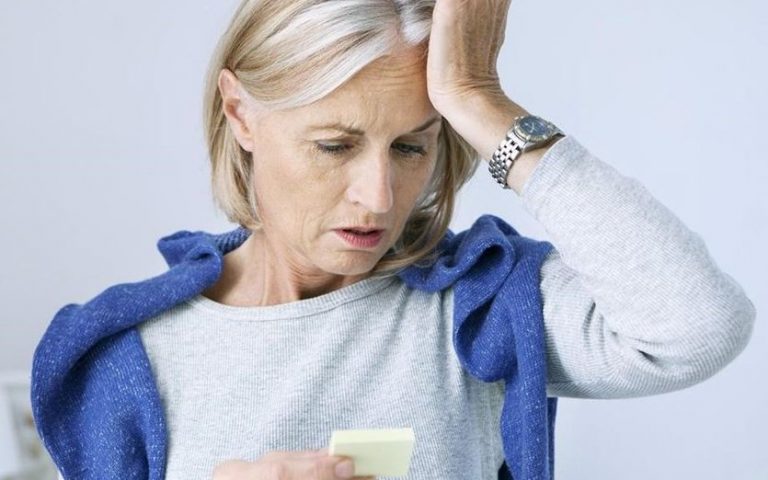Ο Ματθαίος Γιωσαφάτ ήταν ένας από τους πιο περιζήτητους Έλληνες ψυχίατρους και ψυχαναλυτές και η δυσάρεστη είδηση της απώλειάς του το μεσημέρι της Τετάρτης (27/8) σκόρπισε θλίψη στην επιστημονική κοινότητα αλλά και σε όσους διάβαζαν τα βιβλία του ή παρακολουθούσαν τις διαλέξεις του.
«Ο Ματθαίος Γιωσαφάτ δεν είναι πια μαζί μας. Το πνεύμα όμως, τα λόγια και το αποτύπωμα του πάνω σε χιλιάδες ανθρώπους θα είναι πάντα εδώ. Αφιέρωσε τη ζωή του στην κατανόηση των άλλων και είχε σαν κίνητρο πάντα να βοηθήσει όσο περισσότερους μπορούσε με τη θεραπεία, τις διαλέξεις, τα βιβλία του. Αφήνει πίσω του ένα έργο σημαντικό και μία οικογένεια και φίλους που νιώθουμε τυχεροί που τον είχαμε στη ζωή μας».
Με αυτή την ανάρτηση στον προσωπικό του λογαριασμό στο facebook, ανακοινώθηκε ο θάνατος του κορυφαίου Έλληνα ψυχιάτρου Ματθαίου Γιιωσαφάτ, ο οποίος τα τελευταία χρόνια αντιμετώπιζε προβλήματα υγείας.
Ο Ματθαίος Γιωσαφάτ γεννήθηκε στην Κατερίνη Πιερίας. Τα πρώτα του γράμματα τα έμαθε στο βουνό στην διάρκεια της Κατοχής. Ολοκλήρωσε τις εγκύκλιες σπουδές τους στην Κατερίνη. Απόκτησε το Δίπλωμα Ιατρικής από το Πανεπιστήμιο της Αθήνας το 1963 και την ειδικότητα του Νευρολόγου-Ψυχιάτρου το 1967.
Το 1967 μετέβη για περαιτέρω σπουδές στο Λονδίνο όπου και παρέμεινε για 15 χρόνια όπου πήρε διάφορες θέσεις σε νοσοκομεία διαδοχικά ως Βοηθός, Επιμελητής, υποδιευθυντής και τελικά ισόβιος διευθυντής στο Εθνικό Σύστημα Υγείας. Διετέλεσε για τέσσερα χρόνια υποδιευθυντής και αναπληρωτής διευθυντής στο Tavistock Center, την σημαντικότερη, ίσως, ψυχαναλυτική Κλινική του κόσμου.
Έδωσε εξετάσεις και έλαβε το Δίπλωμα Ψυχολογικής Ιατρικής και αργότερα το ανώτατο Δίπλωμα Ψυχιατρικής και έγινε μέλος του Βασιλικού Κολλεγίου Ψυχιάτρων. Παράλληλα με την ψυχιατρική εκπαίδευση και εργασία έκανε συστηματική εκπαίδευση στην Ατομική (πέντε χρόνια), Ομαδική (τρία χρόνια) και Οικογενειακή Ψυχαναλυτική Ψυχοθεραπεία (δύο χρόνια) και έγινε πλήρες μέλος των αντίστοιχων Εταιριών. Εκτός από την κλινική εργασία σε νοσοκομεία είχε πολλαπλή διδακτική εμπειρία σε διάφορα Ψυχιατρικά Κέντρα και Νοσοκομεία.
Μεταξύ άλλων δίδαξε και στο Πανεπιστήμιο του Λονδίνου, στο Ιατρικό Μεταπτυχιακό Κέντρο (Royal Postgraduate Medical Federation) ως Senior Lecturer. Προσκλήθηκε να μιλήσει στο Πανεπιστήμιο της Οξφόρδης (τιμητική Ομιλία). Διετέλεσε διευθυντής και υπεύθυνος Εκπαίδευσης στο Ινστιτούτο Ψυχαναλυτικής Ψυχοθεραπείας Λονδίνου.
Ήταν ιδρυτής και πρόεδρος της Ελληνικής Εταιρείας Ομαδικής Ανάλυσης και Οικογενειακής Ψυχοθεραπείας. Ίδρυσε με άλλους την Ελληνική Εταιρία Ψυχαναλυτικής Ψυχοθεραπείας της οποίας διετέλεσε επανειλημμένα πρόεδρος και την Παιδοψυχιατρική Εταιρία Ελλάδας της οποίας υπήρξε ο πρώτος πρόεδρος.
Επί σειρά ετών ήταν προσκεκλημένος ομιλητής σε διεθνή και ελληνικά επιστημονικά Συνέδρια και έδωσε διαλέξεις σε πολλές πόλεις.
Οργάνωσε και δίδαξε σε διετές πρόγραμμα μετεκπαίδευσης στην Ψυχιατρική Κλινική του Πανεπιστημίου Αθήνας. Το βιβλίο του «Μεγαλώνοντας μέσα στην Ελληνική Οικογένεια» έγινε Best Seller (28 εκδόσεις σ’ ένα χρόνο). Ήταν τακτικό μέλος πολυάριθμων διεθνών και ελληνικών Εταιριών μεταξύ των οποίων η Παγκόσμια Ψυχιατρική Εταιρία, η Διεθνής Εταιρία Ομαδικής Ψυχοθεραπείας, η Ευρωπαϊκή Εταιρία Οικογενειακής Θεραπείας και πολλές άλλες.
ΠΗΓΗ;
https://www.onmed.gr/ygeia-psyhikh/story/397620/pethane-o-diakekrimenos-psyxiatros-matthaios-giosafat(accessed 28.7.22)



